Fibrosis induced by resident macrophages has divergent roles in pancreas inflammatory injury and PDAC
- PMID: 37563309
- PMCID: PMC10757749
- DOI: 10.1038/s41590-023-01579-x
Fibrosis induced by resident macrophages has divergent roles in pancreas inflammatory injury and PDAC
Abstract
Tissue-resident macrophages (TRMs) are long-lived cells that maintain locally and can be phenotypically distinct from monocyte-derived macrophages. Whether TRMs and monocyte-derived macrophages have district roles under differing pathologies is not understood. Here, we showed that a substantial portion of the macrophages that accumulated during pancreatitis and pancreatic cancer in mice had expanded from TRMs. Pancreas TRMs had an extracellular matrix remodeling phenotype that was important for maintaining tissue homeostasis during inflammation. Loss of TRMs led to exacerbation of severe pancreatitis and death, due to impaired acinar cell survival and recovery. During pancreatitis, TRMs elicited protective effects by triggering the accumulation and activation of fibroblasts, which was necessary for initiating fibrosis as a wound healing response. The same TRM-driven fibrosis, however, drove pancreas cancer pathogenesis and progression. Together, these findings indicate that TRMs play divergent roles in the pathogenesis of pancreatitis and cancer through regulation of stromagenesis.
© 2023. The Author(s), under exclusive licence to Springer Nature America, Inc.
Conflict of interest statement
Competing Interests
Authors declare no competing interests.
Figures

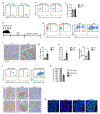

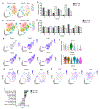
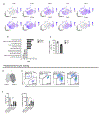

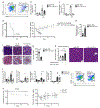
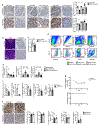
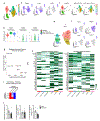
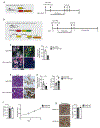
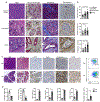

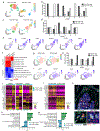
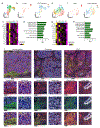
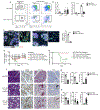
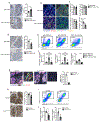


References
-
- Schulz C et al. A lineage of myeloid cells independent of Myb and hematopoietic stem cells. Science 336, 86–90 (2012). - PubMed
Methods references:
Publication types
MeSH terms
Grants and funding
- R01 CA239645/CA/NCI NIH HHS/United States
- R01 CA262555/CA/NCI NIH HHS/United States
- P30 CA010815/CA/NCI NIH HHS/United States
- K12 CA167540/CA/NCI NIH HHS/United States
- R01 CA244938/CA/NCI NIH HHS/United States
- R01 DK126753/DK/NIDDK NIH HHS/United States
- R01 CA248917/CA/NCI NIH HHS/United States
- P30 CA091842/CA/NCI NIH HHS/United States
- R01 CA177670/CA/NCI NIH HHS/United States
- P50 CA196510/CA/NCI NIH HHS/United States
- T32 EB021955/EB/NIBIB NIH HHS/United States
- R01 DK105129/DK/NIDDK NIH HHS/United States
- F31 DK122633/DK/NIDDK NIH HHS/United States
- R01 AI049653/AI/NIAID NIH HHS/United States
- R01 CA262506/CA/NCI NIH HHS/United States
LinkOut - more resources
Full Text Sources
Medical
Molecular Biology Databases

